Nereus Specifications
Technical specifications
Weight on land: 2,800 kgPayload capacity: 45 kg
Maximum speed: 3 knots
Batteries: rechargable lithium ion, 15 kilowatt hours in two pressure housings
Thrusters: 2 fore and aft, 2 vertical, 1 lateral (ROV mode)
2 fore and aft, 1 vertical (AUV mode)
Lights: variable output LED array, strobes
Manipulator arm: Kraft TeleRobotics 7-function hydraulic manipulator
Sonar: scanning sonar, forward look and profile, 675 KHz
Sensors: magnetometer, CTD (to measure conductivity, temperature, and depth)
Nereus will support a variety of science operations
Push coring: Push cores allow collection of relatively undisturbed sediment from the seafloor for a record of sedimentation over time. Nereus offers standard coring devices.Measuring heat flow: The measurement of heat flow records the amount of heat emerging from Earth's interior. A heat-flow probe is available for controlled pushing into seafloor sediment by the vehicle's manipulator arm.
Geotechnical and geochemical sensing: Sensors measure pore pressure in sediments, fluid properties at various temperatures, and basic chemistry in the ocean.
Rock sampling and drilling: Rocks collected from the seafloor help scientists understand how Earth was formed. Nereus samples rocks of various mineralogic composition and grain size. New, small-scale drilling tools might be adapted for use on Nereus.
Biological sampling: Nereus supports the use of small suction samplers, nets, and the traditional "bio" boxes for sample storage and recovery of deep-sea organisms.
Water sampling: Nereus offers both hot and cold water sampling while monitoring the temperature of these fluids in real-time.
High resolution acoustic bathymetry: Nereus can be used for making seafloor maps and locating target sites for sampling or experiments.
Optical still and video imagery: Detailed photographs and videos of the seafloor provide a record of features and processes.
Nereus basic design philosophy
|



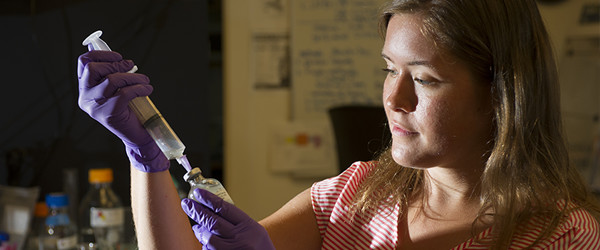
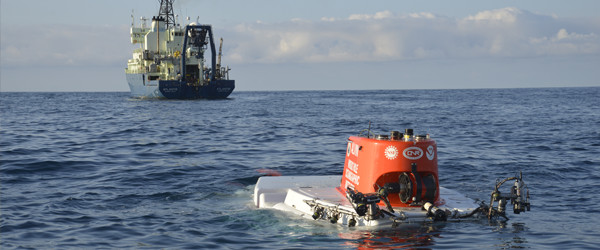
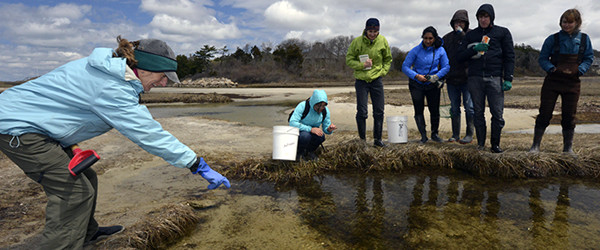
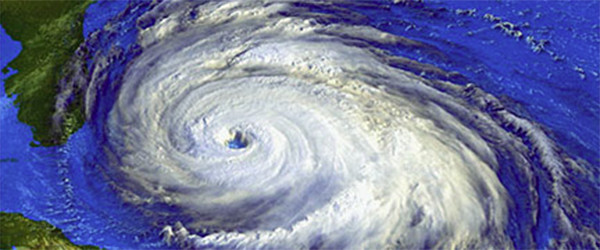
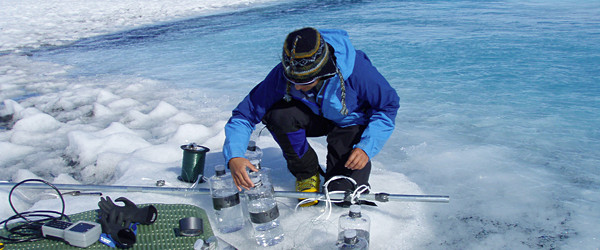
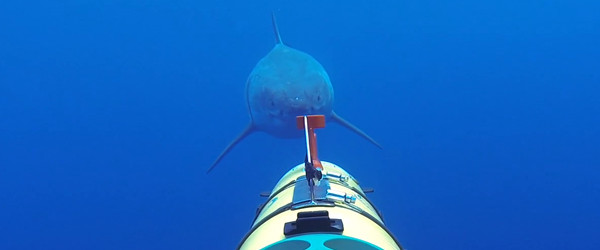
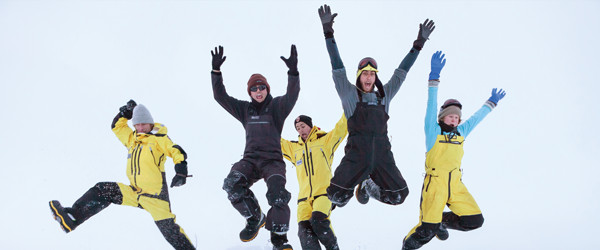
 Facebook
Facebook Twitter
Twitter Instagram
Instagram Vimeo
Vimeo YouTube
YouTube LinkedIn
LinkedIn RSS Feeds
RSS Feeds







